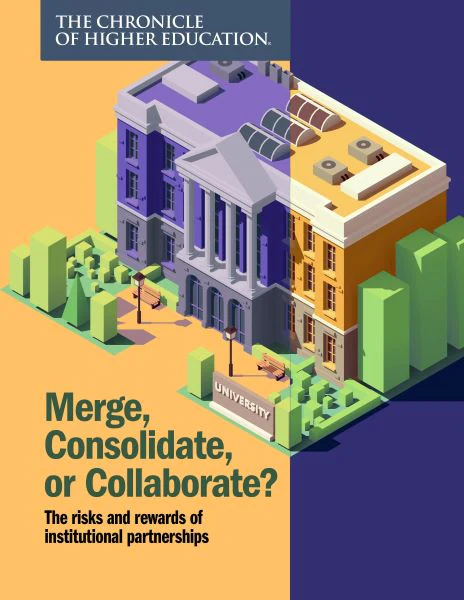Colleges are game to collaborate these days, and do so in a variety of ways: A consortium allows member colleges to expand academic offerings and increase purchasing power. The consolidation of a public-college system could lead to financial savings and a stronger student experience. And when a struggling college might otherwise fail, a well-thought-out merger can benefit both institutions. While the huge wave of college closings predicted by some experts hasn’t materialized, institutions of all sizes are feeling financial pressure. For some, joining forces offers a solution.
BUY THE BOOKExcellence in Leadership,
Science and Education
Recent data on the viability of colleges is sobering. A September 2015 Moody’s Investor Service report highlights a persistent inability among small colleges to increase revenue, which could lead to as many as 15 institutions closing for good by 2017, well up from the usual rate of five annually. The main threat for many small colleges, defined by Moody’s as private colleges with operating revenue below $100 million and public colleges below $200 million, is declining enrollment. In fact, 72 institutions have shut down since 2007, 86% with enrollments less than 1,000.
As the financial pressure on small colleges continues to increase and the number of colleges closing continues to tick upward, more and more institutions are considering whether it’s time to consider merging with another institution. There are many potential benefits to doing so: Administrative costs can be shared, merged institutions can provide more-diverse curricula and more-robust student services, and merged institutions can achieve greater reach and breadth, which can in turn enhance their branding, enrollment, and financial stability. In short, a merger can help ensure a college’s survival, at least in some form.
READ THE FULL ARTICLE



